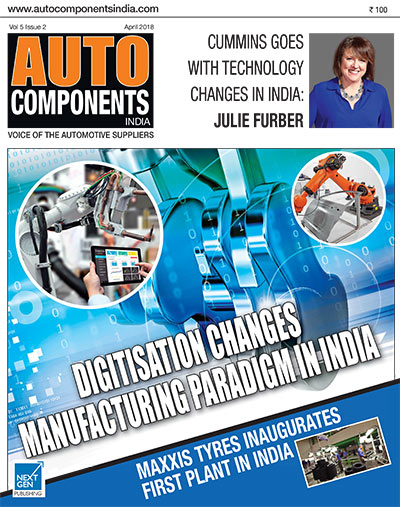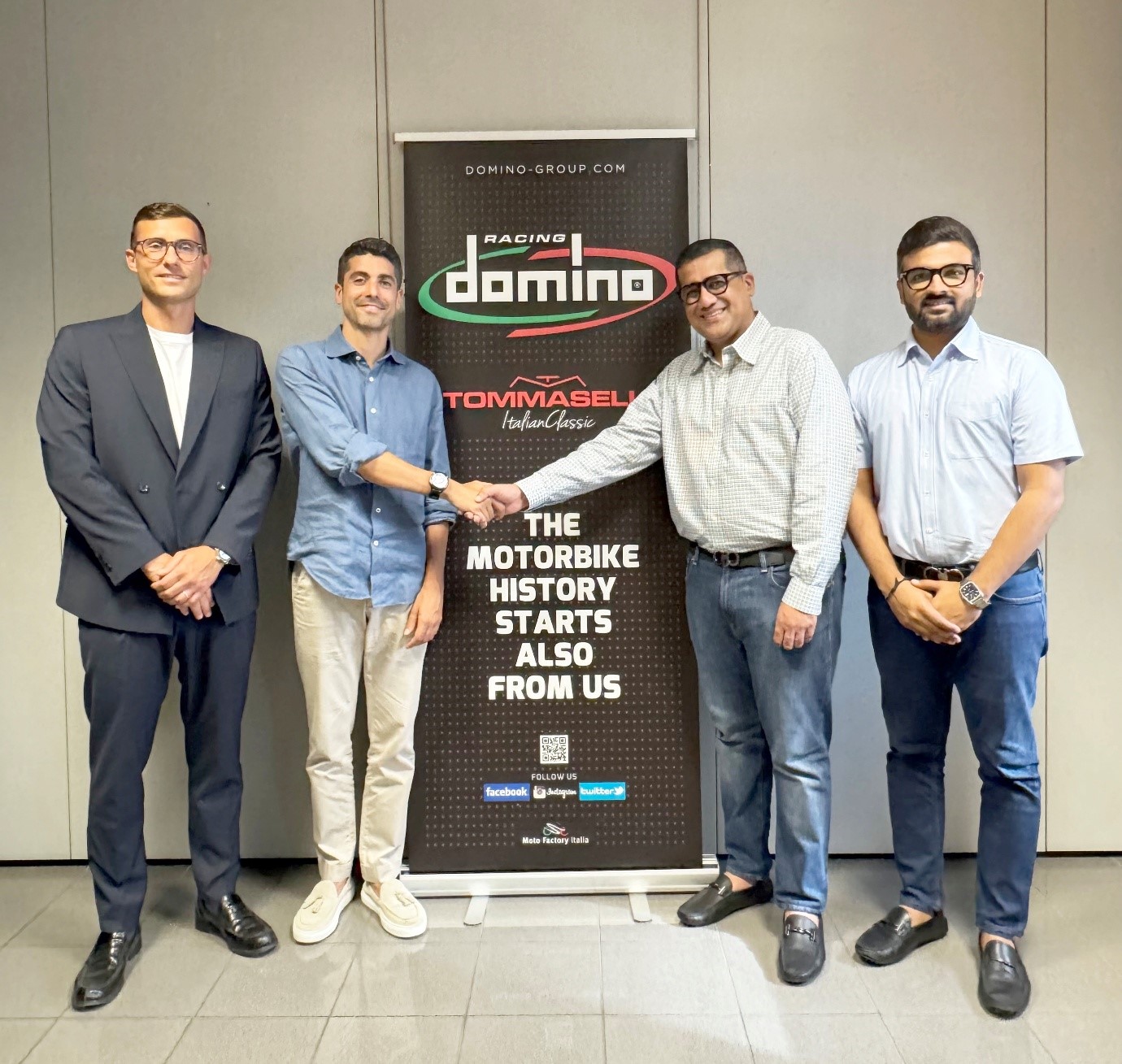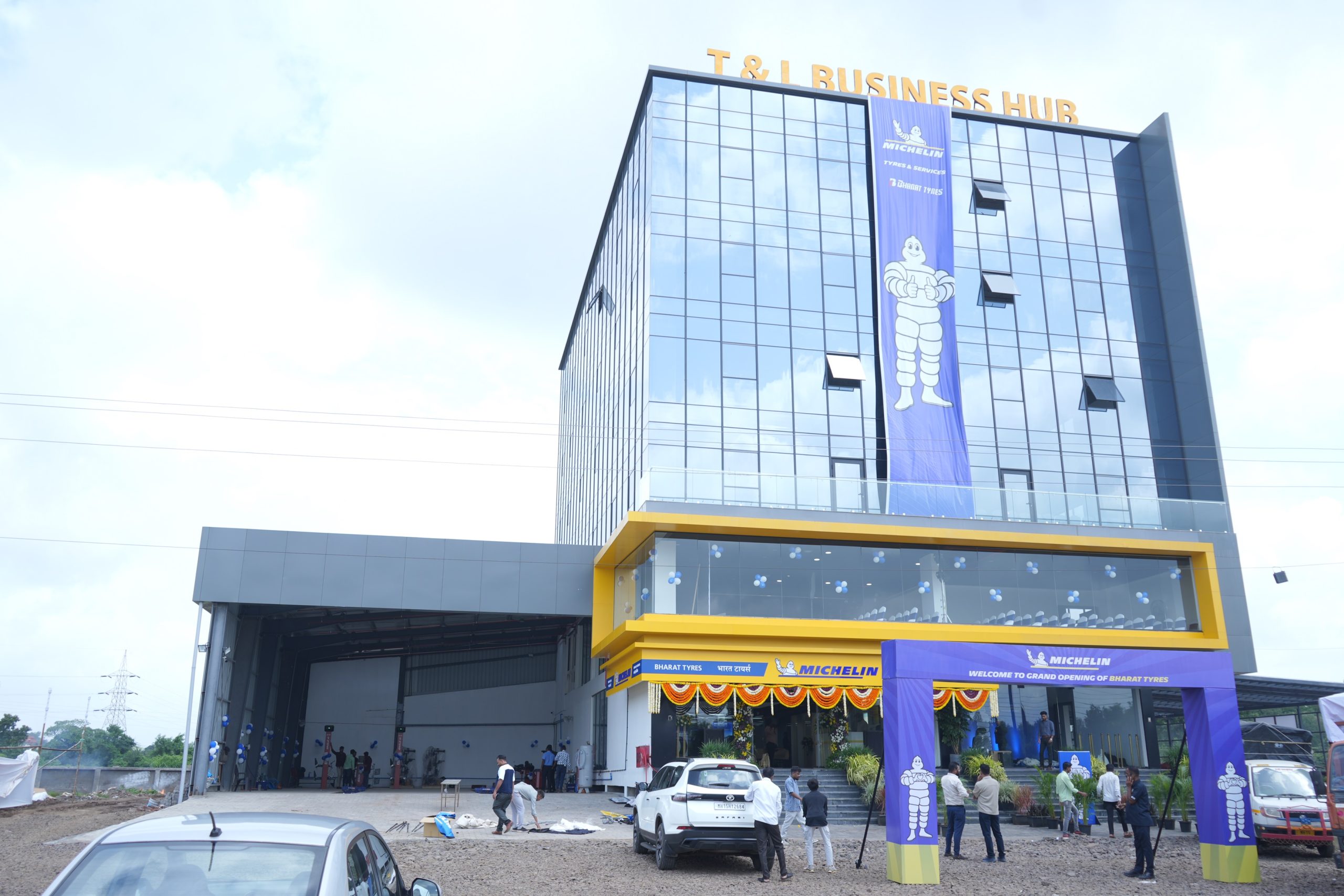The Automotive Industry, due to its very nature, has grown in clusters. The clusters have OEMs as hubs or centres of growth surrounded by the suppliers. India’s first and the oldest cluster is South India, which has grown significantly due to the presence of a strong component industry in Chennai. It has attracted several vehicle manufacturers. The Southern states of Tamil Nadu, Telangana, Andhra Pradesh and Karnataka have collectively emerged as hubs for IT, aerospace, automotive and defence manufacturing. Clearly defined policies, special incentives, road, rail and port infrastructure facilities and human resources support their development. The southern region has been a major driver of growth. From 2000 to 2010, it has contributed to over 22% of India’s GDP and 28% of its employment.
Now the region is facing competition from other regions, especially from West and witnessing a slowdown in its growth. The South has to act quickly to retain its edge and leverage its traditional strengths like the longstanding eco-system of companies, a good industrial culture, availability of technical manpower and supportive government policies. By doing this the region will continue to be a significant player in the domestic automotive industry.
The companies present in the region and the upcoming ones are also looking South India as an export hub. Hyundai, Ford India and Nissan export their cars through Chennai and Ennore Ports. Ford India exports its Ecosport to several countries. Nissan has exported 85% of its Micra hatchback. In the commercial vehicle segment recently Daimler India Commercial Vehicles has crossed its export milestone of 10,000 trucks in less than 5 years of its operation.
Becoming a global hub in automotives or auto-components would involve obtaining 6-8% share of the global automotive market by 2020. This implies an annual production capacity of around 6 million vehicles. Further, at least 3 to 5 of the top 10 global players should have manufacturing and design facilities in the region. The industry should move beyond component manufacturing and vehicle assembly to all parts of the value chain including R&D and product development.
The auto component companies have significant opportunities to take the giant leap. The recession-hit global companies are hunting for low-cost vendors to optimise their operations. The rapidly globalising world is opening up new avenues for the transportation industry moving towards electric, electronic and hybrid vehicles, which are deemed more efficient, safe and reliable. Over the next decade, this will lead to new verticals and opportunities for auto-component manufacturers. They have to adapt to the change through systematic research and development programmes, and strategic investments and collaborations.
Hope you find this issue interesting.
Bhargav TS
Executive Editor
s.bhargav@nextgenpublishing.net







Leave a Reply